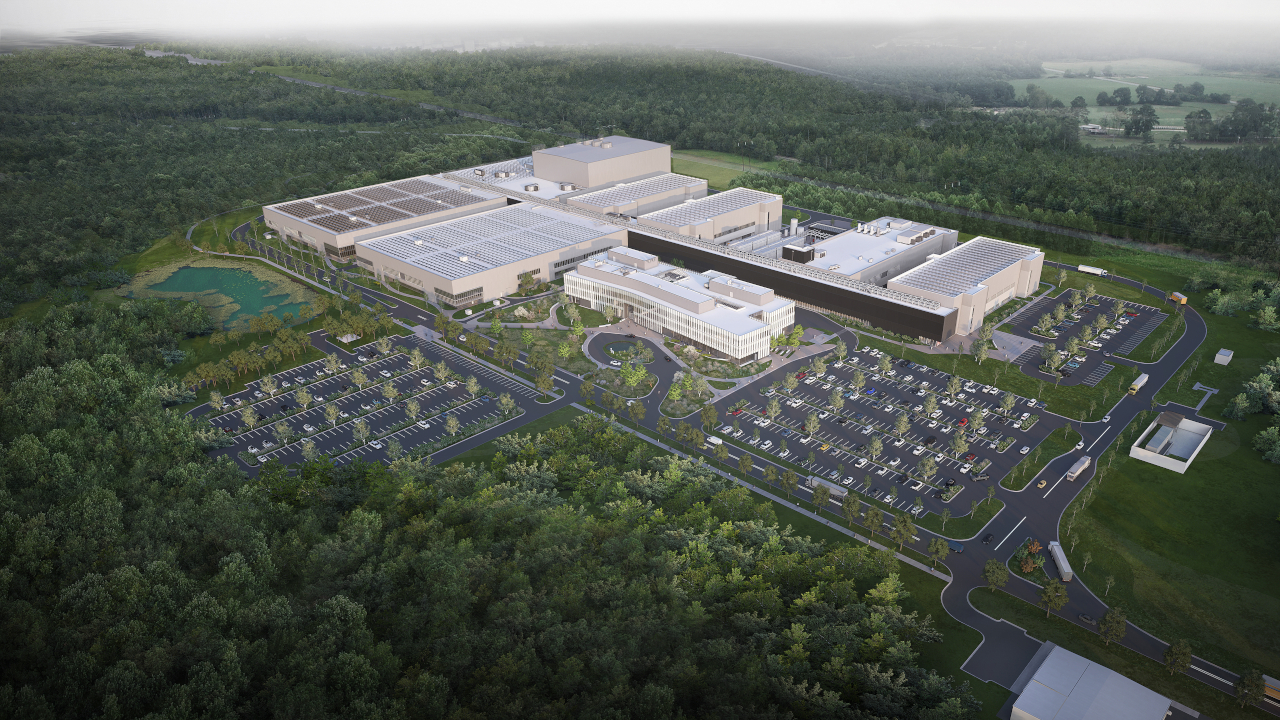
Pharmaceutical leaders Eli Lilly and Novo Nordisk are making significant investments to expand their manufacturing capacities for GLP-1 drugs, which are crucial for diabetes and obesity treatments. Eli Lilly is dedicating an additional $5.3 billion to its Indiana site, aiming to address current drug shortages and enhance production of tirzepatide (marketed as Mounjaro and Zepbound). Concurrently, Novo Nordisk is investing $4.1 billion in its North Carolina facility to boost the production of injectable treatments. These efforts highlight the companies' commitment to meeting the growing global demand for these essential medications and ensuring a stable supply chain.
Key Points
- Eli Lilly's Investment: An additional $5.3 billion is being invested in the Lebanon, Indiana site to produce active pharmaceutical ingredients for tirzepatide (Mounjaro and Zepbound).
- Novo Nordisk's Expansion: A $4.1 billion investment is directed towards the Clayton, North Carolina facility to increase production of diabetes and obesity treatments.
- Economic Impact: Eli Lilly's investment will create 200 full-time jobs and over 5,000 construction jobs, contributing to economic growth in Indiana.
- Sustainable Practices: Novo Nordisk aims for LEED Gold certification for its facility, incorporating state-of-the-art technology and sustainable practices.
- Addressing Drug Shortages: Both companies are focused on alleviating current shortages and ensuring a more stable supply chain for GLP-1 drugs.
Introduction
In response to the enormous demand for GLP-1 drugs, which are used primarily for diabetes and obesity treatment, pharmaceutical giants Eli Lilly and Novo Nordisk are making substantial investments to enhance their manufacturing capacities.
Eli Lilly's Commitment to Addressing Drug Shortages
Eli Lilly has announced a substantial increase in its manufacturing investment, committing an additional $5.3 billion to its Lebanon, Indiana site, bringing the total investment to $9 billion. This site will focus on producing active pharmaceutical ingredients (APIs) for tirzepatide, marketed as Mounjaro for diabetes and Zepbound for weight management. This expansion is part of Lilly's overall strategy to meet the growing demand for these drugs and ensure a stable supply chain.
Lilly's CEO, David Ricks, emphasized the importance of this investment, stating that it represents the largest investment in synthetic medicine API manufacturing in U.S. history. This expansion is expected to create 200 full-time jobs and over 5,000 construction jobs, demonstrating Lilly's commitment to economic growth and innovation in Indiana.
The company expects to begin making medicines in Lebanon toward the end of 2026 and scale up operations through 2028.
Novo Nordisk's Historic Investment in U.S. Manufacturing
Novo Nordisk is not far behind, with a $4.1 billion investment to expand its manufacturing capacity in Clayton, North Carolina. This facility will enhance the production of current and future injectable treatments for type 2 diabetes, obesity and other diseases. This expansion is part of a larger $6.8 billion investment plan for 2024, reflecting a significant increase from the previous year's $3.9 billion investment.
Novo Nordisk's CEO, Lars Fruergaard Jørgensen, stated that this expansion aims to meet the growing global need for life-changing medicines. The facility will incorporate state-of-the-art technology and sustainable practices, aiming for LEED Gold certification, a standard of excellence in green building.
Construction is expected to be completed between 2027 and 2029.
Current State of GLP-1 Drug Availability
The increased investments come at a critical time, as demand for GLP-1 drugs has skyrocketed. The FDA's drug shortage database indicates that several doses of Mounjaro and Zepbound are currently available, but some, like the 10 mg and 15 mg doses, are still experiencing limited availability due to high demand.
Eli Lilly's efforts to ramp up production are aimed at addressing these shortages. CEO David Ricks recently stated that the shortage is expected to end "very soon," which demonstrates that the increased manufacturing capacity is starting to have a positive impact.
Visualizing the Data
For those interested in a detailed overview of the current drug availability, a visualization is available at Tableau Public. The visualization updates based on the selected brand name and displays the most recent availability information.
GLP-1 Drug Shortage Visualization at Tableau Public
Updates
- As of August 2, 2024, all doses of Mounjaro and Zepbound are available.
- As of August 6, 2024, all doses of Ozempic and all doses of Wegovy except .25 mg are available.
Summary
The significant investments by Eli Lilly and Novo Nordisk in expanding their manufacturing capacities are important steps toward addressing the high demand for GLP-1 drugs. These efforts will not only help alleviate current shortages but also ensure a more stable supply chain. As these expansions are completed, patients can expect improved access to their diabetes and obesity treatments.
References
Eli Lilly's Press Release on Manufacturing Investment
Novo Nordisk's Investment Announcement
Lilly CEO says weight-loss drug shortage to end 'very soon'
FDA Drug Shortage Database








